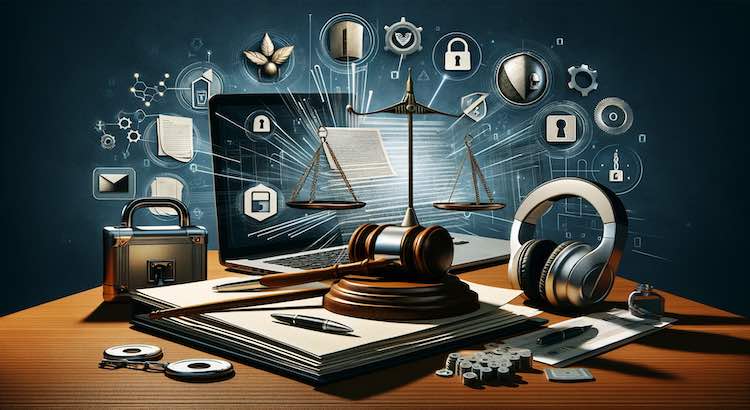Essential Features of Legal Transcription Software: What Law Firms Need
Legal transcription software is a vital resource for law firms, court reporters, legal departments, and solo attorneys. The right software transforms audio recordings from trials, depositions, interviews, and meetings into accurate, searchable text. This conversion is not only critical for legal efficiency but also for upholding the integrity of the judicial process. Below, we'll explore the most important features to look for in legal transcription software.
1. High Accuracy: The Foundation of Legal Transcription
In legal settings, every word matters. Even small errors can have big consequences.
- Legal transcription software must reach at least 99% accuracy for critical documents (Statista, 2023).
- Advanced speech recognition helps handle complicated legal terminology and many different accents.
- Machine learning algorithms can adapt over time to increase accuracy.
Professional transcription services often exceed accuracy rates of DIY tools.
2. Security and Confidentiality: Keeping Legal Data Safe
Legal documents often contain private or sensitive details. Protecting this data is a must.
- Look for software offering end-to-end encryption for all files.
- Support for secure logins, two-factor authentication, and access controls is necessary.
- Compliance with privacy laws, including GDPR and HIPAA, should be clearly stated (National Law Review, 2022).
Confidentiality is not optional—it's foundational in legal work.
3. Customization: Tailor the Software to Your Legal Needs
Not all legal cases look the same, nor do their vocabularies or formatting standards.
- Users should be able to add terms, names, and phrases unique to their cases.
- The software must allow for different formatting standards or templates.
- Custom dictionaries help recognize industry-specific terms.
Choose a solution with robust customization to support your specialized legal practice.
4. Workflow Integration: Seamless Productivity
Great software doesn’t just transcribe audio—it fits into your daily work.
- Ensure the tool integrates with case management, document management, and automated transcription services.
- Cloud storage and support for file sharing (Dropbox, Google Drive, etc.) save time.
- Simplifies collaboration among legal teams.
Strong integration can save hours each week and prevent transcription bottlenecks.
5. Timestamping and Speaker Identification: Adding Context
Legal records aren’t just about what was said, but also when and by whom.
- Automatic timestamps track every spoken statement by the second.
- Distinct speaker labels identify attorneys, witnesses, and judges.
- Clear speaker and time tracking ensure transcripts stand up in court and during case reviews.
These features prevent confusion in lengthy proceedings.
6. Scalability and Support: Ready for Any Case Size
Legal cases range from short depositions to years-long litigation.
- The best transcription software can handle small or huge audio files with ease.
- Fast, responsive customer support is crucial for resolving technical issues quickly (Clio Legal Trends Report, 2023).
- Options for bulk uploads speed up large projects.
Scalable software ensures your team is never overwhelmed by workload.
7. Efficiency Enhancements: Working Smarter, Not Harder
Legal professionals need tools that help get more done, faster.
- Voice commands allow for hands-free editing and formatting.
- Offline transcription supports work in secure, internet-free environments.
- Fast turnaround options or AI transcription subscriptions can deliver transcripts in record time.
These time-saving features lead to a noticeable boost in office productivity.
8. Additional Features for Legal Workflows
Some legal teams need more than just basic transcription. Consider tools that offer:
- Proofreading services to spot errors in transcripts
- Translation services for cases with non-English documents
- Closed caption or subtitling services for legal video presentations
- Clear transcription pricing to help with budgeting
Conclusion: Choose the Right Legal Transcription Solution
Choosing the best legal transcription software is a key decision for law firms, court reporters, and legal departments. The right features—accuracy, security, customization, integration, speaker identification, scalability, and efficiency—are essential to streamline workflow and maintain the highest standards.
GoTranscript offers a wide range of solutions for legal transcription, including manual and automated transcription services, support for secure and confidential data, customizable templates, and reliable customer support. You can easily order transcripts or explore our AI transcription subscriptions to meet all your legal transcription needs. GoTranscript is ready to support your practice today.



















 Verified Order
Verified Order